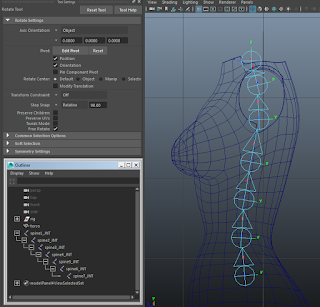The Christmas break has given me plenty of time to shoot the footage for my visual effects coursework. However, the winter weather has left me with little choice but to compromise and break away from the shots I had previously planned. I still wanted to create a sky replacement, but the little amount of sunshine made it difficult for me to create silhouette shots.
I instead carried out a sky replacement shot on a Cornish beach and used various in-software tools to increase the brightness and saturation to give the appearance of a sunny day. I created a second moodboard to show the sense of vibrancy and the camera angle I want to use: the shoreline vertically cutting across the shot with an land enclosing the background.
Above shows screengrabs from a few of the test shots I created. Despite having a strong idea of the way I wanted this footage to look, I also created a few experimental shots, such as the top-left where I climbed across rock pools. Regardless, I still went ahead filmed the final shot as originally planned.
I decided to use this edit to push my initiative to explore Adobe After Effects and see if I could work out how to replace a sky without using any tutorials: the process was much easier than anticipated and use of layers allowed me to individually work on each aspect of the shot, breaking apart the environment into background, foreground, mid-ground and sky.


















